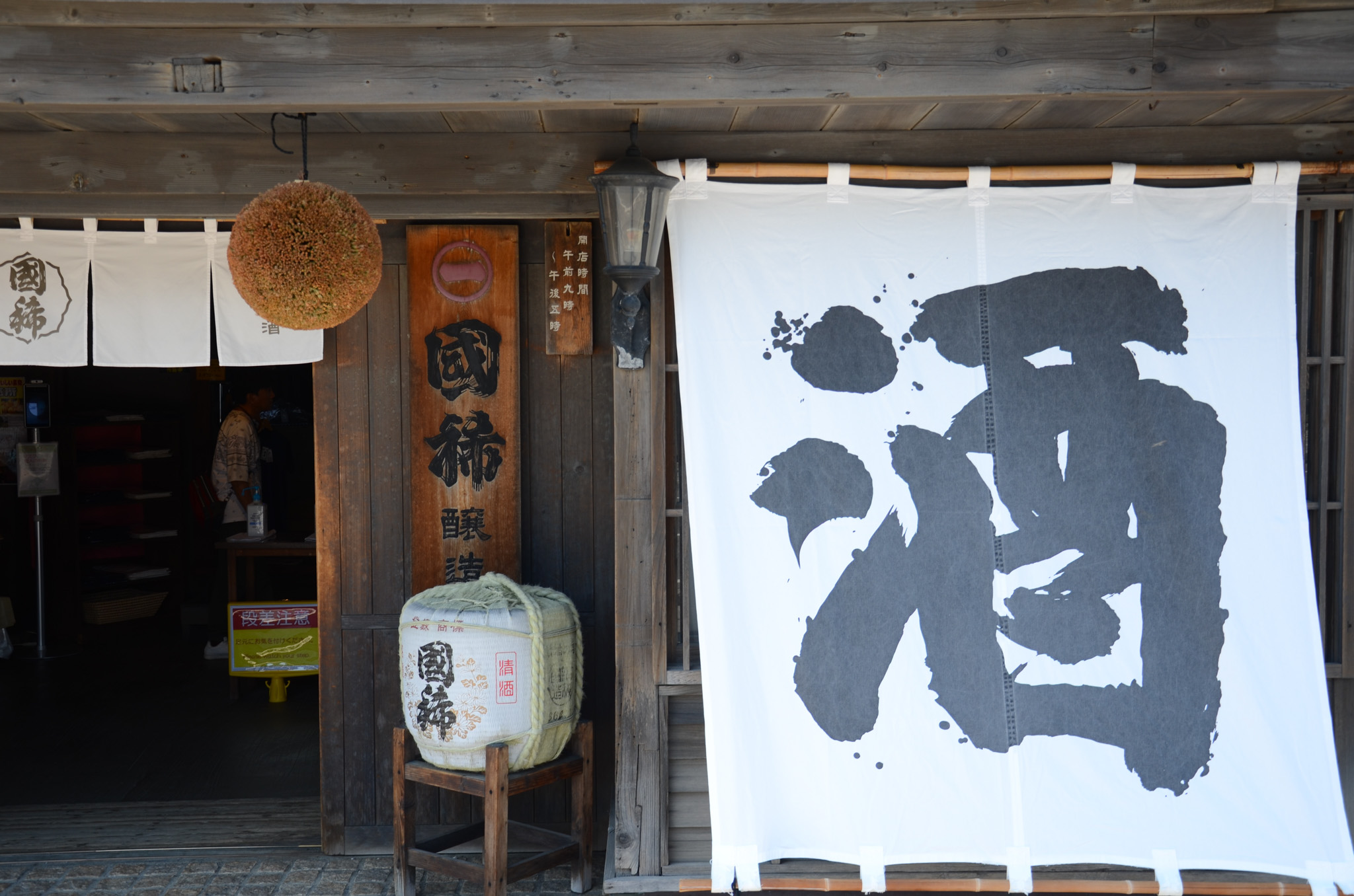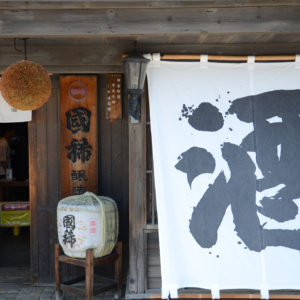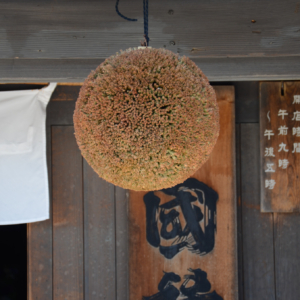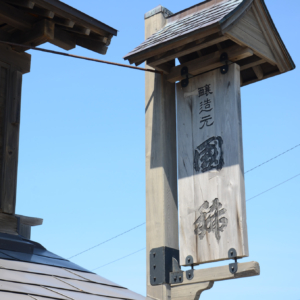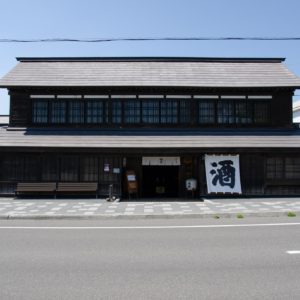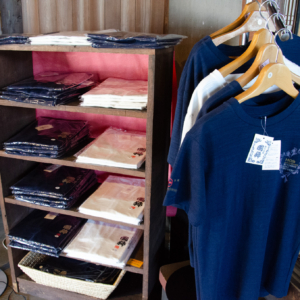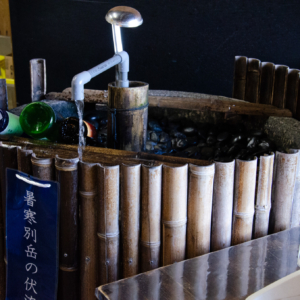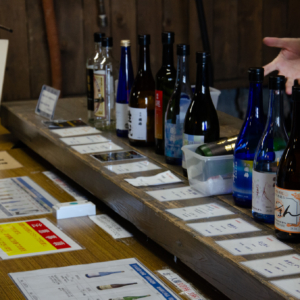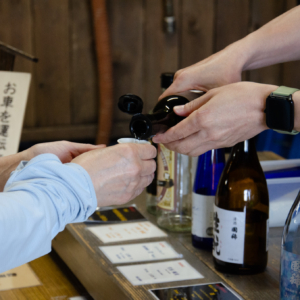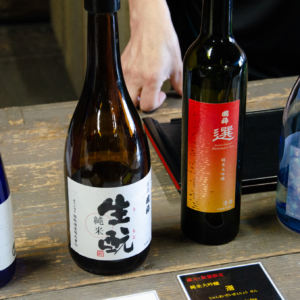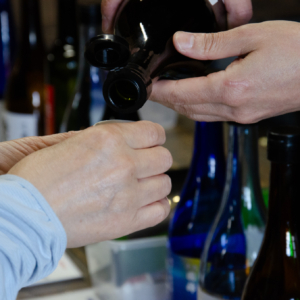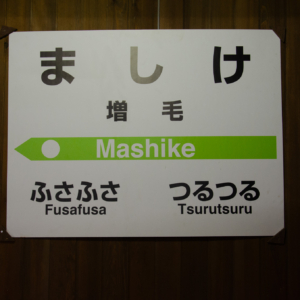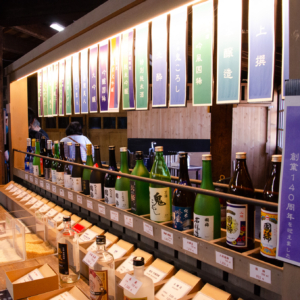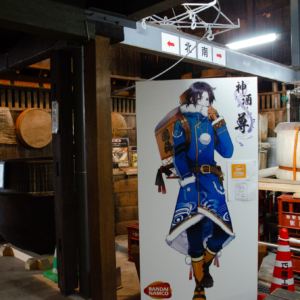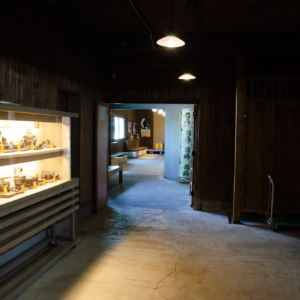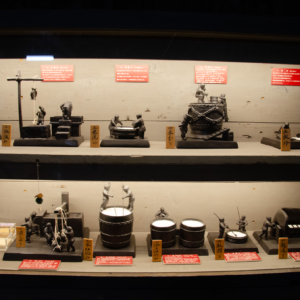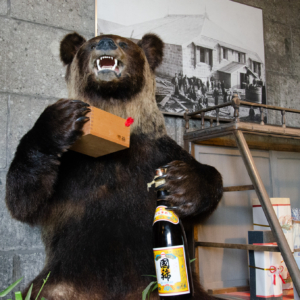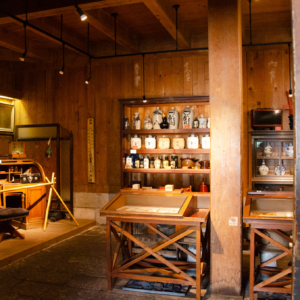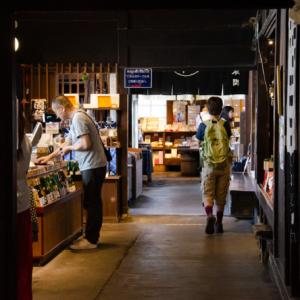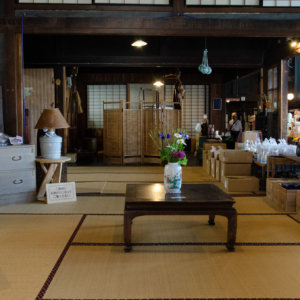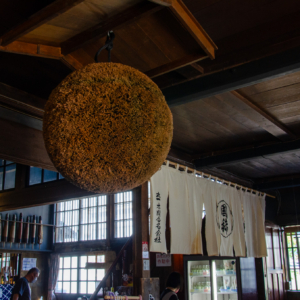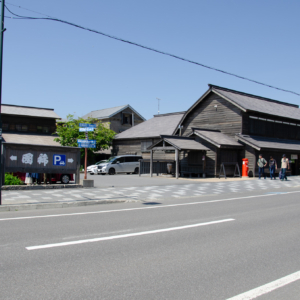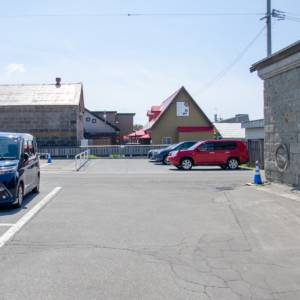Kunimare Sake Brewery, located in Mashike, is renowned as the northernmost sake brewery in Japan. In recent years, Hokkaido has seen a rise in wineries and craft beer breweries. With the global boom in Japanese sake, the number of sake breweries in the region has also increased. Among these, Kunimare Sake Brewery stands out as a historic establishment that has been producing sake for over 140 years.
Adjacent to the brewery is a large stone-built mansion known as the Maruichihonma House, originally established in 1882 (Meiji 15) by Taizo Honma as a kimono fabric shop. In addition to selling kimono fabrics, the business also engaged in the sale of various goods and the transportation of fish to meet local demand, effectively functioning as a trading company.
Initially, sake was transported from Honshu, but Taizo, who had some knowledge of sake brewing from an acquaintance in his hometown of Sado (Niigata), decided to start brewing sake locally in Mashike.
Originally, the brewery was named “Kuni no Homare” (meaning “Pride of the Nation”). Later, it was renamed “Kunimare” after receiving permission to use the character 希 (rare) from the name of General Maresuke Nogi, a prominent military figure of the Meiji era. Out of respect, they chose to use the character 稀 (also meaning “rare”) instead. Thus, the name “Kunimare” conveys the meaning of “a rare and excellent sake in the country.”
What is the Round Ball at the Entrance?
Above the entrance of Kunimare Sake Brewery hangs a round ball made of cedar leaves, known as a “sugidama.” The sugidama is replaced with a new one each year. When freshly made, the cedar leaves are green. Therefore, a green sugidama hanging at the brewery’s entrance signals the arrival of new sake.
As the cedar leaves wither, the sugidama gradually changes color from green to brown. This transformation mirrors the maturation process of the sake itself: the browner the sugidama, the more aged and mature the sake has become.
For sake enthusiasts, the condition of the sugidama serves as a visual indicator of the sake’s aging process. So, don’t miss the chance to observe the sugidama when you visit the brewery.
Store Tour and Tasting
Upon entering through the front door, you’ll immediately notice a traditional Japanese tatami room. Feel free to step inside and experience the charm of a classic Japanese sitting room.
Inside the store, you’ll find Kunimare T-shirts and a variety of other everyday goods. As you explore further, you’ll come across rows of beautifully displayed sake bottles.
The tasting counter is located even further back. If you’re not the designated driver, you can enjoy sampling some sake. The selection ranges from well-known brands available in supermarkets and department stores nationwide to limited-edition sakes that are only sold here.
Be sure to try these unique offerings. The limited-edition sakes, available exclusively at this location, make excellent and rare souvenirs. Don’t miss the chance to take some home with you!
About Mashike Town
The name “Mashike” is derived from the Ainu words “Mashukini” or “Mashuke,” which mean “a place with many seagulls.” This name originated from the sight of seagulls flocking over the sea when schools of herring (nishin) arrived.
Located on the Sea of Japan, Mashike Town has been a thriving fishing hub for over 250 years. Much like Matsumae and Esashi in southern Hokkaido, Mashike flourished with the herring fishery until around World War II, reaching the height of its prosperity during that era.
A notable remnant of this golden age is the former Maruichi Honma House, a historical merchant residence now open to the public as a museum, offering a glimpse into Mashike’s rich history. This building is also designated as an Important Cultural Property of Japan.
In the late Edo period, Mashike became a strategic site for northern defense against Russia, hosting winter encampments for the Tsugaru and Akita domains. These former encampments are now museums open to the public, showcasing their historical significance.
Today, Mashike Town continues to thrive on its fishing industry, with a variety of seafood such as shrimp, abalone, scallops, and sea urchin being landed and processed locally. Mashike’s shrimp, in particular, are highly prized and predominantly shipped to Tokyo and the Hokuriku region, where they receive high market acclaim.
Open
- Open all season except new years days
- 9:00 – 16:30
- Open all season
Related Story
- How to walk in Mashike town, story1
- Maruichi Honmake, the former merchant house in Mashike
- Itsukushima Shrine in Mashike
Access
2 hours 20 minutes by car
